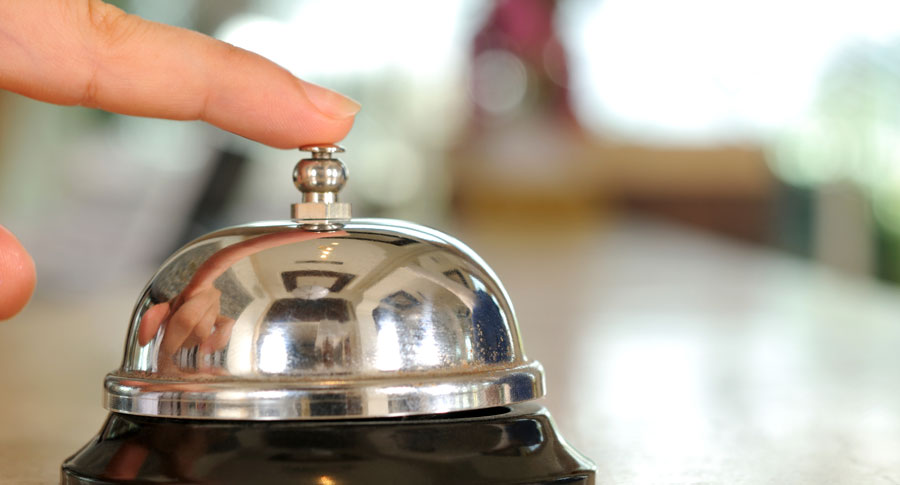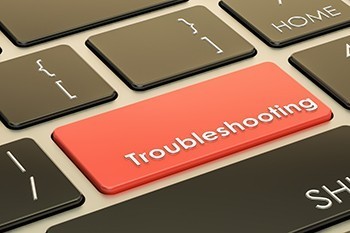Satisfaction is fulfillment of a need or want; but loyalty is a state of unswerving allegiance. Loyal customers tend to forgive more and brag more. They are the Coca-Cola drinkers who cancel their drink order rather than swallow Pepsi, travelers who describe their first flight on Singapore Airlines with awe, photographers who love their old Nikons and their new ones, and diners who reserve the same table at their favorite restaurant. In their loyalty to a company, they aren’t swayed by competitors’ marketing campaigns; and they are quick to act as advocates.
While satisfied customers sustain revenues it is these loyal customers who promote growth, skyrocket your reputation, and propel you as a world-class organization. Building customer loyalty is a strategic, organizational decision that requires knowing all your customers and identifying who your best customers are and why they choose you.
As a service and support organization, there are actions that you can take to move beyond customer satisfaction and reap the rewards of customer loyalty.
Action #1: Define your focus and direction and use this vision to guide the customer service you provide. A clear vision drives behavior and is understood by all stakeholders—including customers—to the level of “what does it mean to me?”
Action #2: Identify the common characteristics of your customers. Understanding each group, especially your high-value customers, helps you target their unique needs within the marketplace.
Action #3: Build your scope of services around your customers’ needs. Designing specific services and identifying relevant resources to meet common needs for similar customers helps optimize resources while improving service.
Action #4. Strengthen competitive advantage by understanding your customers’ perspective. Identify what your customers see as your greatest advantage and the reason they return. Understanding how your customers see you in relation to your competitors, helps you define your strengths and weaknesses.
Action #5. Build capabilities to support your competitive advantage. Identify and fill organizational gaps (process, skills, equipment and facilities) to maximize competitive advantages and minimize disadvantages.
Action #6. Create a culture of trust and appreciation. Culture is a product of behaviors and attitudes that influence implementation of your vision. Leaders’ viewpoints and actions strongly affect culture. There is a high correlation between satisfied, loyal customers and satisfied, loyal employees.
Action 7. Execute your vision flawlessly. To achieve your vision, identify and prioritize major initiatives. A key component of execution involves clearly identifying initiatives that are already underway, initiatives that will need to change in scope or direction, and new initiatives that will need to be planned.
Developing loyal—not merely satisfied—customers will take time and effort. It begins with a clear, customer-focused vision and is executed with full commitment from key stakeholders. Your organization will move beyond satisfying customers to building customer lifetime value that yields long-term growth and increased market share.








